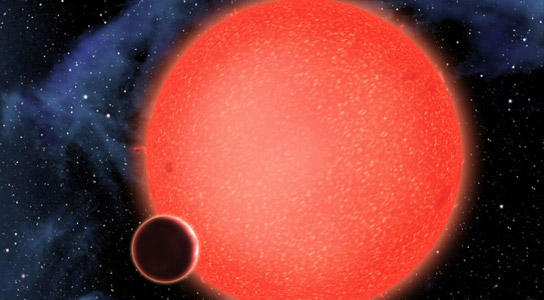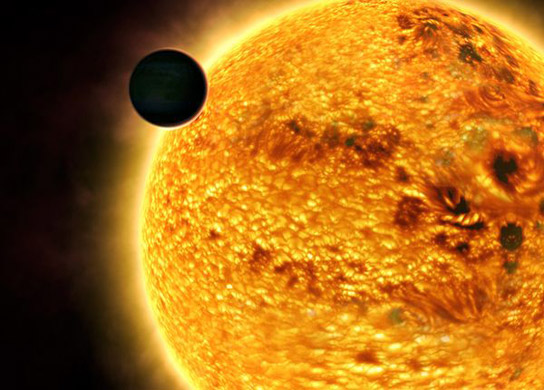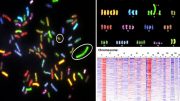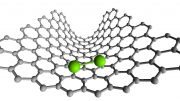
Tidal heating could shrink the habitable zone around the Milky Way’s most numerous stars, red dwarfs.
Tidal heating, which is basically the gravitational heating of a planet via tides, suggests that the number of habitable planets could be roughly half of what was previously thought. Tidal heating could shrink the habitable zone around the Milky Way’s most numerous stars, red dwarfs.
Rory Barnes, an astrobiologist at the University of Washington in Seattle, and his colleagues presented their work at a meeting of the American Astronomical Society’s Division on Dynamical Astronomy in Timberline Lodge, Oregon.

The habitable zone around a star is the region of space in which a planet can have liquid water. For Sol, the zone extends from roughly the inner orbit of Mars to the outer edge of Venus’ orbit. For smaller, cooler stars, like M-class dwarfs, the zone is closer than Mercury is to the Sun.
Tidal forces vary dramatically with the distance between a planet and its star. The closer the orbit, the larger the tidal forces. Planets don’t have perfectly circular orbits, so these tidal forces will ebb and flow each time the planet moves closer or further away from its star. This kneads the interior of the planet, and produces massive quantities of frictional heat.
For smaller red dwarfs, tidal heating reduces the habitable zone by 50% of the current estimates, but brighter stars have bigger habitable zones.









Be the first to comment on "Tidal Heating Suggests Less Habitable Planets"